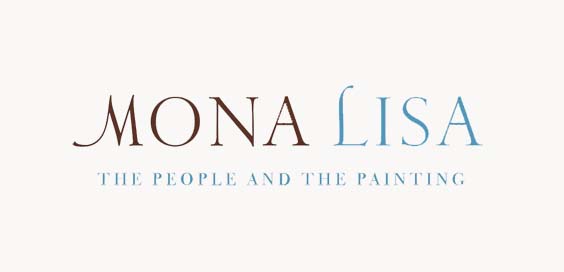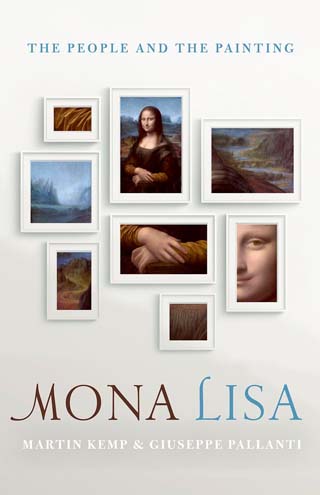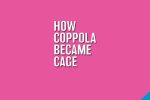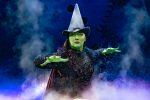Mona Lisa: The People and the Painting by Martin Kemp & Giuseppe Pallanti – Review

By Sandra Callard
The most famous painting in the world, The Mona Lisa, has generated an endless number of books on an array of themes, with the overwhelming majority of writers plumping for variants on the theme of ‘Who Was Mona Lisa?’
This latest book by Martin Kemp and Giuseppe Pallanti on the eternally fascinating ‘La Giocondo’ also asks that question, and answers it with an utterly convincing and mind-blowing repertoire of research, producing an array of fascinating material on when and how The Mona Lisa was created, who she was, and the chequered career and amazing history of the picture over the last five hundred years.
This book explores the characters and lives of the people who lived in and around the great town of Florence, who had some bearing on the creation of The Mona Lisa. Their lives, both personal and business, are brought to life with an ease that defies the huge amount of work involved in the accumulation of such intricate and revealing facts.
“Riveting reading”
Italy in the fourteenth century was the cradle of the Renaissance, and Florence was the artistic centre of it. Painting was the premier art form in Florence and it drew painters of great talent and lasting fame. Masters such as Michelangelo, Botticelli, Puligo and Raphael lived cheek by jowl The Mona Lisa‘s creator, Leonardo da Vinci. This book sheds exhilarating light on the personalities of these mythical but very real people. Mona Lisa herself lived but a stone’s throw from Leonardo, as indeed did most of the well known painters of the time, and was married to a wealthy merchant of the town, Francesco del Giocondo.
This is an informative book par excellence, with every chapter throwing out little known and fascinating gems about the picture and the painter. It also emits a tangible aura of fourteenth and fifteenth century Florence and, indeed, paints a picture of a cultured and social city of refinement and open-mindedness. Unlike many societies of the time, all illegitimate children – and Leonardo was one – were cared for and assimilated into the family of the father, in this case Ser Piero da Vinci, wealthy notary of Florence.
 The astounding array of research information on the families concerned is riveting reading, marred only by the repetitive names of the illusive cast of this story, which necessitates continual re-reading to make sure the correct individual is identified. It seems there is no way to combat this, apart from keeping notes, which I tried, because correct names have obviously to be used. However, the genealogical lists are a great help and are extremely precise and informative.
The astounding array of research information on the families concerned is riveting reading, marred only by the repetitive names of the illusive cast of this story, which necessitates continual re-reading to make sure the correct individual is identified. It seems there is no way to combat this, apart from keeping notes, which I tried, because correct names have obviously to be used. However, the genealogical lists are a great help and are extremely precise and informative.
“Rich and tantalising picture of the world”
Leonardo took ten years to complete The Mona Lisa, and it was never delivered to the man who had commissioned it, Francesco del Gioconda. Leonardo was not only a painter, he was also an engineer, an architect, a scientist, and a philosopher. With such a wealth of talent at his disposal perhaps it is not surprising that he was notorious for the non-delivery commissions.
This book is a veritable mine of information. Beautifully written, it reaches out in an engaging and fluid way to those who know relatively little about the subject, whilst still imparting fascinating new evidence to the more experienced on the origins of the painting, and also about Mona Lisa herself. It is not just a further paean to ‘the most famous painting in the world’, it also offers to the reader a rich and tantalising picture of the world in which Leonardo da Vinci inhabited, and the huge part that an insignificant bourgeois woman, Mona Lisa del Gioconda, played in history.
‘Mona Lisa: The People and the Painting’ by Martin Kemp and Giuseppe Pallanti is published by Oxford University Press, £25 hardback










